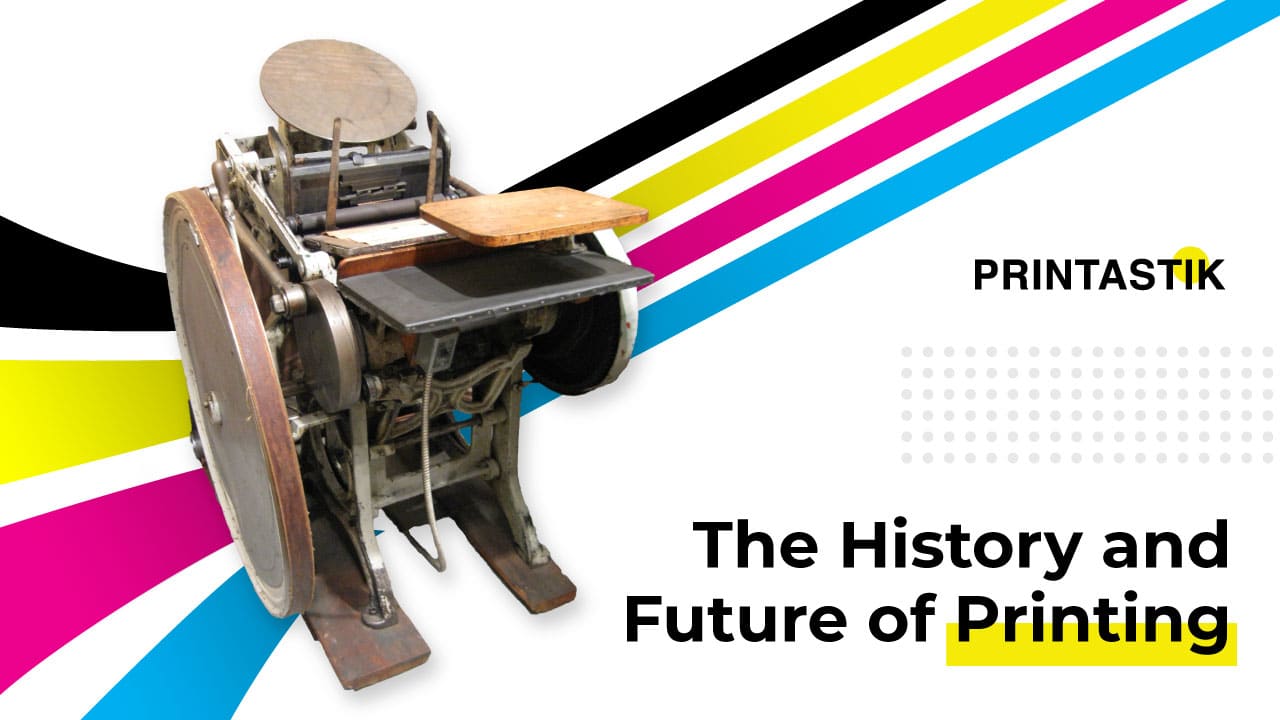
Printing dates back to 3000 BCE in Mesopotamia, where round scrolls were rolled over clay to produce writing. While Johannes Gutenberg is often credited with inventing the first printing press in 1440 AD, modern printing’s origins actually find themselves in China about 700 years earlier. Early Chinese printing was achieved by chiseling text into wood blocks backwards, applying ink, and pressing pages against them. This early invention spurred centuries of global innovations, spreading from the written word to printing 3D, functional medical devices. Keep reading to learn a little bit about the history of printing, and where this technology is headed.
Centuries of Innovation
The first major innovation to woodblock printing emerged in Korea in 1234, when the first book was printed with moveable metal type. Moveable type made the process of printing faster than the chiseled blocks of text that had come before. Despite being under siege from the Mongols at the time of its invention, this Korean innovation changed the landscape of information sharing. When Guttenberg brought his own iteration of the printing press to Western Europe 200 years later, the rest of the hemisphere began innovations of their own. During this time literacy grew as more people gained access to the written word.
Between 1803 and 2003, the rate of innovation multiplied with rapid advances in technology. From the iron printing press, rotary press, and typewriter to Mimeographs, Photogravure, and Diazotise (which allowed images to be printed onto fabric), the 19th century dramatically changed the way people engaged with printed materials. At the start of the 20th century, phototypesetting emerged. Though decades of war and depression halted printing innovation for a while, we began advancing again in 1964 when the Dot Matrix printer was invented. This was the gold standard of printers until the 90s. The 70s brought innovations like thermal and ink-jet printing. As computers became more common in homes, businesses and schools, digital and laser printing became standardized in the mid-90s, and in 2003 people began printing in 3D.
Current Printing Trends
Right now, it seems like anything is possible when it comes to printing. You can print easily with wireless technology, submitting materials online to professional printers. Green technology is introducing more recycled paper options and soy-based inks to the market, and recyclable ink cartridges are becoming more common. Currently, professional printing isn’t just used by the print industry. Private consumers are able to print business cards, self-publish books, make custom shirts and banners, mugs, car decals and more.
The Future of Printing
The future is exciting for the printing industry. 3D printing is becoming more accessible which may lead to consumers printing their own products. 3D printing is also set to revolutionize the industrial manufacturing market as well as the healthcare industry. Photonic ink is being developed to enhance security and copyrighting. The development of conductive inks is already bridging the gap between the analogue and digital worlds. In the future, we may see printouts with touchscreen capabilities which would change the way business materials are utilized.
Keep Printing With Printastik
At Printastik, we delight in bringing professional-quality printing to businesses and individuals. From promotional materials to screenplays to t-shirts, and everything in between, we pride ourselves on being able to bring our customer’s vision to life. We’re proud to be part of the legacy of printing, and look forward to evolving with exciting print technologies in the future. Contact our team in Minnesota to get started on your next print project by calling (651) 659-9680 or emailing us at sales@printastik.biz.